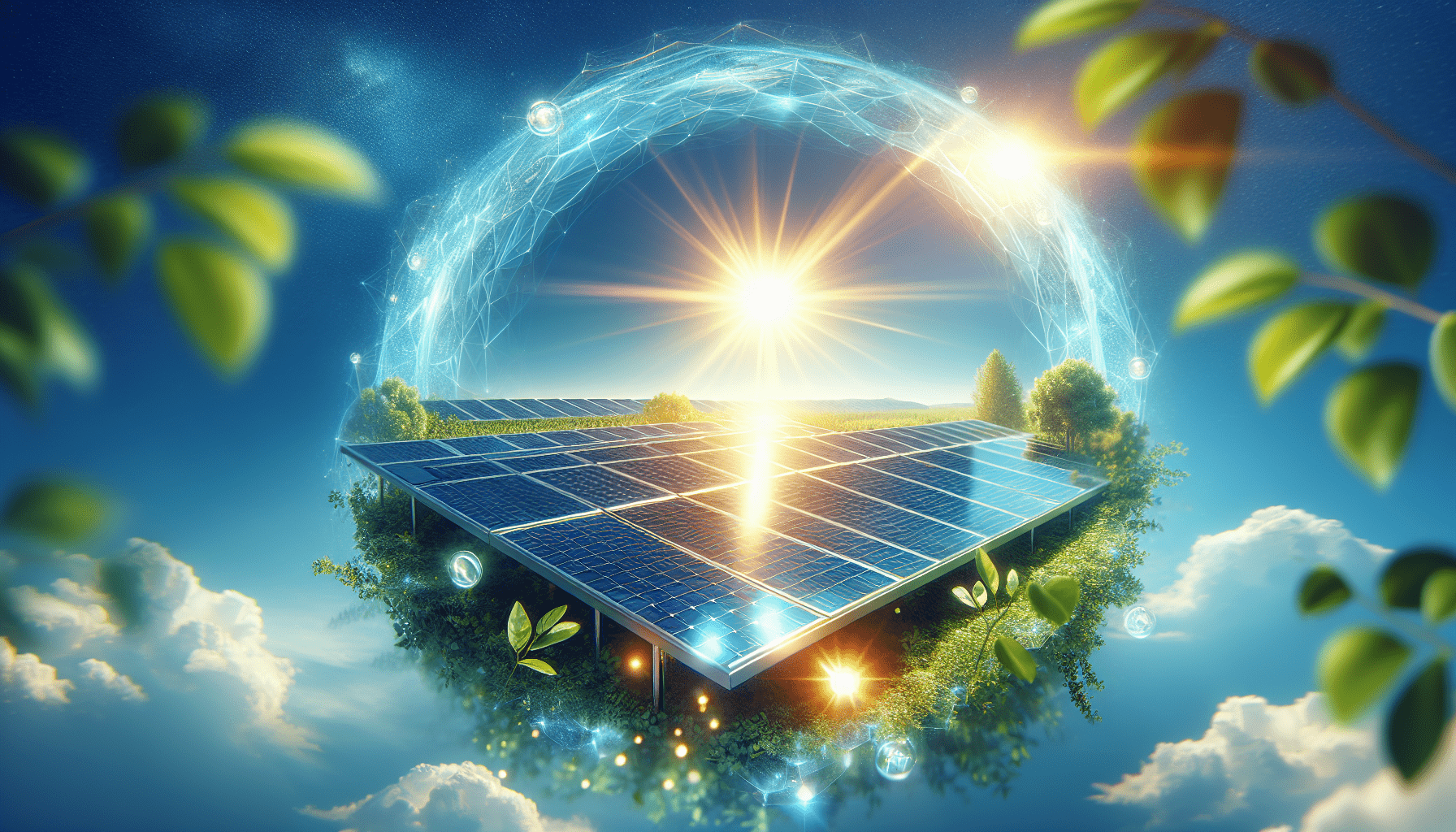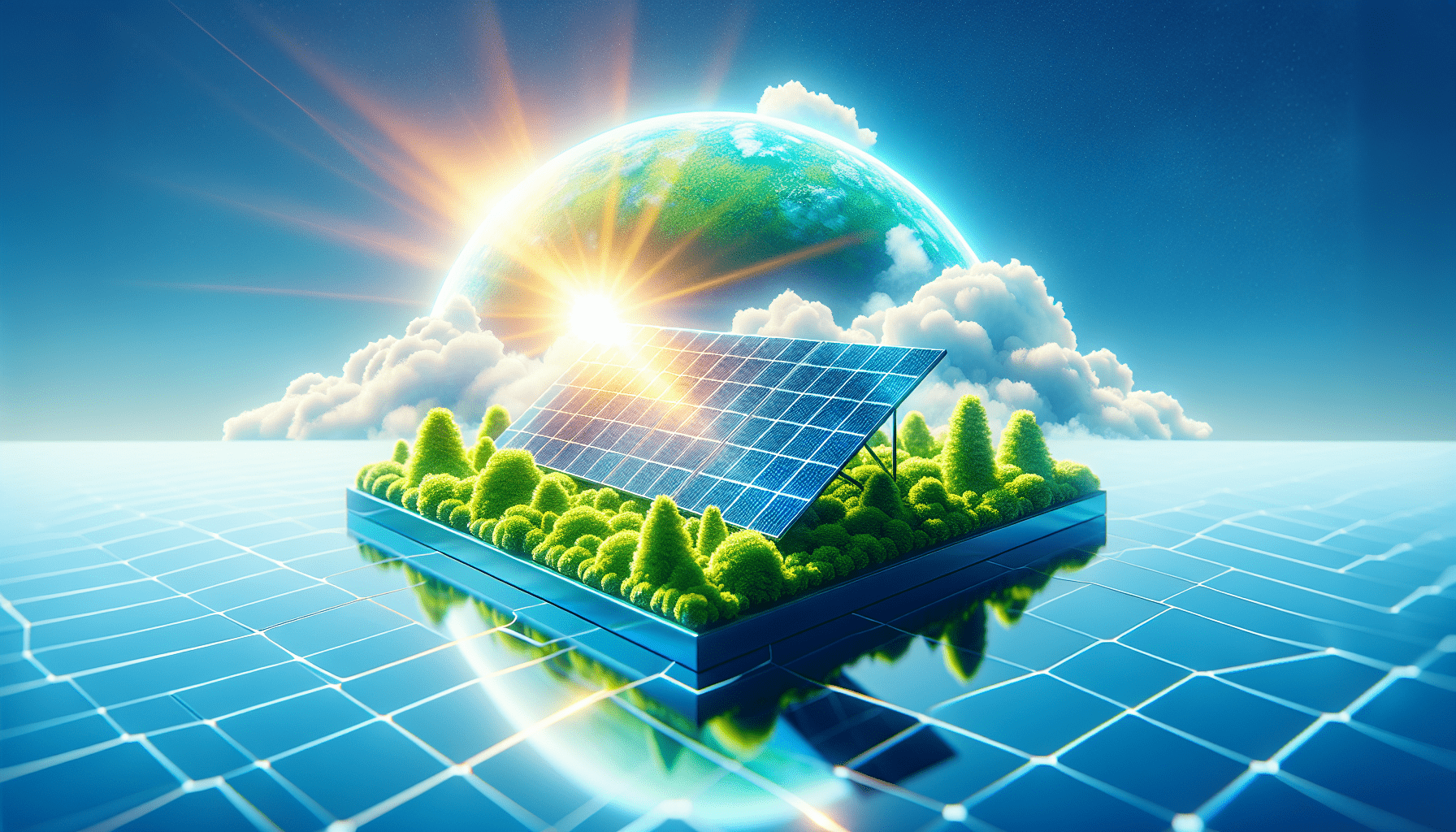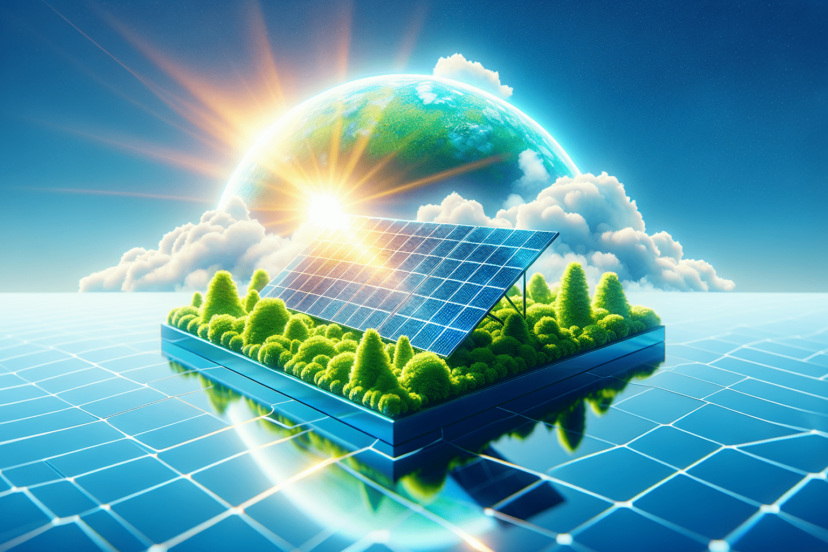Harnessing Solar Power: The Essential Starter Kit
As an Amazon Associate, I earn from qualifying purchases, at no additional cost to you. Disclaimer
Have you ever thought about how you can contribute to a greener planet while also cutting down on your electricity bills? If the rising costs of energy and environmental concerns have crossed your mind, you’re not alone. Many individuals are turning towards sustainable energy sources, and solar power is at the forefront of this movement. It’s an exciting venture with long-term benefits but knowing where to start can be overwhelming. Let’s make it simpler and friendlier by exploring what you need in a solar power starter kit to harness the sun’s energy effectively.

Click Here to Go Solar and Save
The Basics of Solar Power
Understanding solar power and how it works is the first step. Essentially, solar power converts sunlight into electricity using solar panels. When the sun’s photons hit the solar panels, they generate an electric current, which is then converted into usable electricity for your home or business.
Why Solar Power?
Embracing solar power isn’t just about going green; it offers numerous benefits. Solar power can reduce your utility bills significantly, offer energy independence, and increase your home’s value. Additionally, it has a minimal environmental impact, compared to fossil fuels, making it a wise choice for those looking to lessen their carbon footprint.
How Solar Panels Work
Solar panels are made up of photovoltaic (PV) cells. When these cells absorb sunlight, they produce direct current (DC) electricity. Most homes use alternating current (AC), so the electricity from your solar panels will need to be converted. This is where an inverter comes into play—transforming DC into AC, which can then power your household appliances.
Components of a Solar Power Starter Kit
Starting your journey with solar energy involves getting the right components. A solar power starter kit typically includes several primary components necessary to begin producing electricity.
Solar Panels
The backbone of any solar power system, solar panels are essential for capturing sunlight. When choosing panels, you’ll want to consider efficiency, durability, and warranty. Monocrystalline panels are often the most efficient but can be pricier, whereas polycrystalline panels offer a balance of efficiency and cost.
Solar Inverter
The inverter is crucial as it transforms the DC electricity into AC power. There are different types like string inverters, microinverters, and power optimizers. Your choice will depend on your setup’s size and complexity — microinverters are great for maximizing output in varied lighting conditions, whereas string inverters work well for large, uniform arrays.
Battery Storage
For those wanting to store excess energy, a battery storage solution is a vital part of the kit. Batteries allow you to save unused energy for use when the sun isn’t shining, ensuring a constant power supply.
Mounting and Racking System
These components secure your panels in place. It’s important that you select a mounting system appropriate for your roof type or ground installation needs. Proper installation ensures efficiency and longevity of your system.
Charge Controller
Especially important if you’re using a battery, the charge controller regulates power from the panels to the battery, preventing overcharging and extending battery life.
Wiring and Electrical Accessories
Connecting everything requires wiring and electrical accessories. This ensures the smooth transmission of electricity between components, so it’s vital to have good-quality materials to prevent losses and ensure safety.
Click Here to Power Your Home with Solar
Planning Your Solar Setup
A successful solar installation doesn’t stop at buying the equipment. Proper planning is crucial, from assessing your energy needs to understanding your roof’s potential.
Evaluating Your Energy Needs
Understanding your energy consumption helps determine the size of the solar power system you’ll need. Examine your electricity bills to get an average usage figure. This step is essential in ensuring you buy a system that meets your energy requirements without excess or shortage.
Assessing Site Suitability
Not every site is ideal for solar panel installation. You’ll need to consider factors such as roof orientation, shading, and available space. South-facing roofs typically receive the most sun, and minimal shading from trees or buildings improves efficiency.
Budget Considerations
Cost can be a significant factor. While the initial setup can be expensive, remember that solar power systems often pay for themselves over time through savings on electricity bills. Government incentives and tax credits can also alleviate some costs.
Installation Process
Once the planning is complete, the next step is the installation. While DIY options are available, professional installation ensures efficiency and safety.
DIY vs. Professional Installation
Installing solar panels isn’t necessarily a task for everyone. While DIY kits exist, they require a degree of electrical knowledge and construction skills. A professional installer can ensure that your system meets local codes and performs optimally, which is crucial for system longevity and warranty purposes.
Steps in Installation
Site Preparation: Assess and prepare the site for installation. This might include cleaning your roof or securing ground space.
Mount Installation: Secure the mounts necessary for holding the solar panels.
Panel Installation: Carefully place panels on mounts following manufacturer guidelines.
Wiring: Connect panels to the inverter and batteries, if applicable.
Inverter Installation: Secure and connect the inverter to panels and batteries.
Battery Connection: Charge controllers and batteries, if part of your system, are connected at this stage for energy storage.
Testing: Finally, test the system to ensure setup correctness and efficiency.
Common Mistakes to Avoid
- Ignoring Local Regulations: Ensure you’re following local regulations and acquiring necessary permits.
- Skimping on Components: It’s important to invest in quality components that enhance your setup’s efficiency and safety.
- Neglecting Maintenance Practices: Regular maintenance like cleaning panels can prevent efficiency loss.

Click Here to Discover Solar-Powered Solutions
Maintaining Your Solar Power System
Maintenance is minimal, but essential for maximizing system efficiency and longevity.
Routine Checks
Inspect your panels for debris or dust that can block sunlight. Cleaning them periodically ensures they receive maximum sunlight exposure.
Monitoring Systems
Many modern solar kits include monitoring systems, so you can track the production of your panels in real-time. This helps quickly identify any issues.
Professional Maintenance
Annual professional inspections can catch and fix potential issues before they become problematic, safeguarding your investment.
Maximizing Your Solar Power Benefits
Having a solar system is just the start. Knowing how to optimize its use will enhance its benefits.
Time Your Usage
Utilize your high-consumption devices during peak sunlight to maximize panel-generated electricity use, reducing reliance on grid power.
Reduce Overall Energy Use
Cutting down your energy footprint makes it more feasible to completely rely on solar power. Energy-efficient appliances and smart-home systems contribute significantly.
Selling Excess Power
Many areas offer net metering, allowing you to sell excess electricity back to the grid. This not only helps offset costs but can also be financially beneficial.
Conclusion: The Step Towards Sustainability
Embarking on the solar journey is indeed a rewarding experience. Not only does it provide financial benefits, but it also contributes significantly to environmental sustainability. A good solar starter kit is an initial investment towards greener living. With careful planning, informed decisions, and the right components, you can create a reliable energy solution that benefits both you and the planet.
Solar power transitions you from a passive energy consumer to an engaged participant in the sustainable future. As you harness the boundless energy of the sun, remember that every step forward is a step towards a healthier Earth. So, are you ready to capture the sun’s power and make a difference, one photon at a time?

